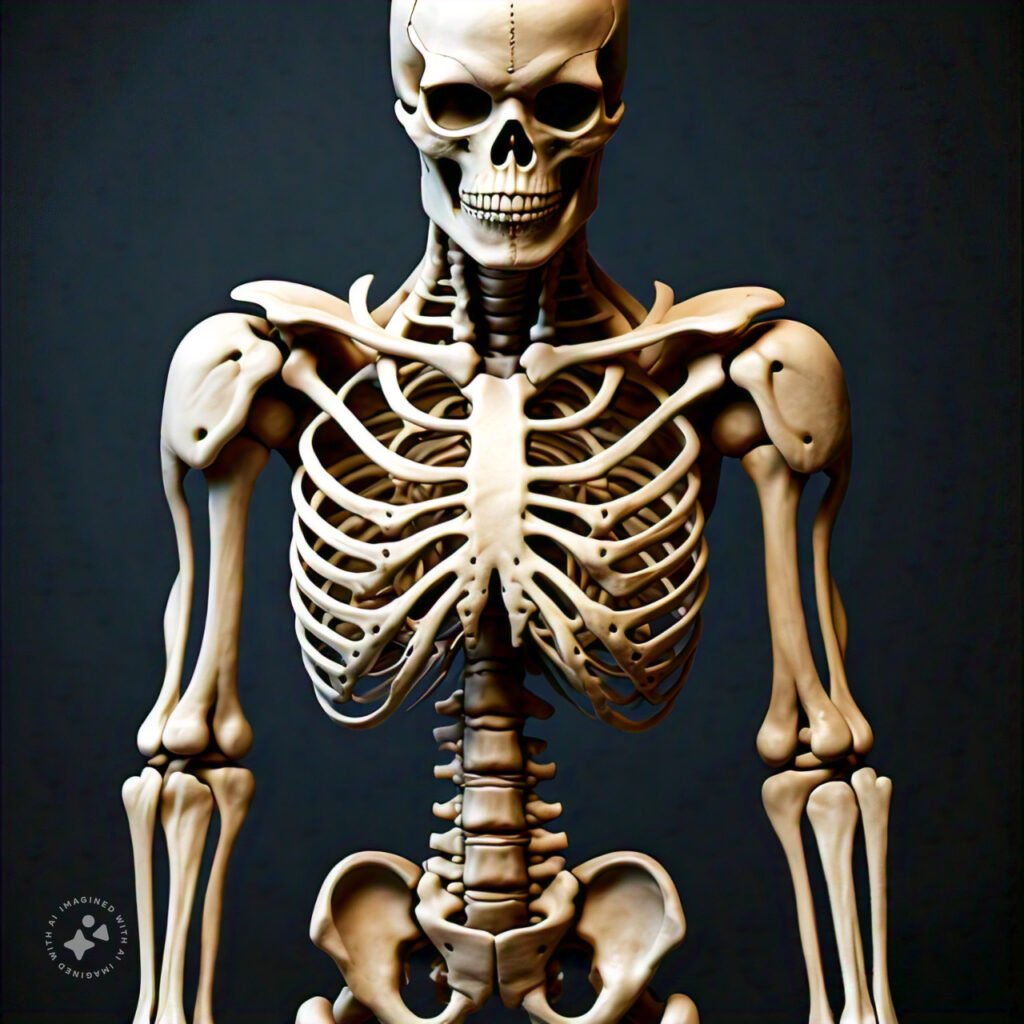Patel Children And Orthopedic Hospital

The Structure and Function of Bones
Your bones form the skeletal system, which provides structure and support to your body. Without them, simple movements like walking, sitting, or even standing would be impossible. Here are the key functions of bones:
- Support: Bones provide a framework for your body, supporting muscles and tissues.
- Movement: Bones work with muscles to allow for a wide range of movements.
- Protection: Bones shield your vital organs, such as your brain, heart, and lungs.
- Mineral Storage: Bones store minerals like calcium and phosphorus, which are essential for various bodily functions.
- Blood Cell Production: The bone marrow produces red and white blood cells, crucial for oxygen transport and immune function.
Factors Affecting Bone Health
Several factors influence bone health throughout your life. Understanding them can help you make better choices to protect your bones.
- Age and Bone Density: Bones grow stronger and denser until your mid-20s. After age 30, bone density begins to decline, which can increase the risk of fractures and bone-related diseases like osteoporosis.
- Genetics: Your family history can determine how strong your bones are. If osteoporosis or brittle bones run in your family, you may be at higher risk for bone loss.
- Diet and Nutrition: Calcium and vitamin D are critical for bone health. Calcium strengthens bones, while vitamin D helps your body absorb calcium. Lack of these nutrients can lead to weakened bones.
- Physical Activity: Weight-bearing exercises like walking, running, and strength training stimulate bone growth and help maintain bone density.
- Lifestyle Choices: Smoking, excessive alcohol consumption, and lack of sunlight exposure can harm your bones over time.
Common Bone Conditions
Understanding common bone conditions can help you take proactive measures to prevent or treat them.
- Osteoporosis: This condition leads to weakened bones and a higher risk of fractures. It is most common in older adults, especially women after menopause. Preventing osteoporosis involves getting enough calcium, vitamin D, and regular exercise.
- Osteoarthritis: A form of arthritis that occurs when the cartilage cushioning your joints wears down over time, causing bones to rub against each other.
- Fractures: Bones can break or crack from falls, accidents, or direct trauma. Healing requires immobilization and, in some cases, surgical intervention. Bones heal by forming a blood clot, creating a soft callus, and eventually hardening into new bone.
How to Strengthen and Protect Your Bones
Maintaining bone health is crucial at every stage of life. Here’s how you can keep your bones strong and healthy:
- Dietary Recommendations: Include calcium-rich foods like dairy products, leafy greens, almonds, and fortified foods in your diet. Vitamin D is equally essential, so make sure to get enough through sunlight exposure and foods like fatty fish, egg yolks, and fortified cereals.
- Exercise Tips: Engage in weight-bearing exercises like walking, jogging, or strength training. These activities force your body to work against gravity, stimulating bone growth.
- Bone Health Supplements: If you’re not getting enough calcium or vitamin D from your diet, talk to your doctor about supplements to maintain strong bones.
- Lifestyle Changes: Avoid smoking and excessive alcohol consumption. Both habits can reduce bone density and increase the risk of fractures.
Bone Health Across Life Stages
Your bone health needs change as you grow. Here’s how to take care of your bones at each stage of life:
- Childhood and Adolescence: This is the critical time for building strong bones. Ensure your kids get enough calcium and vitamin D, and encourage physical activity to maximize their bone density.
- Adulthood: Maintain bone mass by continuing weight-bearing exercises and ensuring adequate calcium and vitamin D intake. Avoid lifestyle habits that weaken bones, like smoking or heavy alcohol use.
- Aging and Seniors: After age 50, bones become more susceptible to fractures. Seniors should focus on fall prevention, regular exercise, and a calcium-rich diet to keep bones strong.
Early Signs of Bone Weakness
Being aware of early signs of bone weakness can help you seek timely medical attention. Some symptoms include:
- Back Pain: This could be a sign of a vertebral fracture due to weakened bones.
- Loss of Height: Shrinking in height may indicate osteoporosis.
- Fractures from Minor Falls: Frequent fractures or breaks from mild trauma can be a warning sign of bone fragility.
If you notice any of these signs, it’s essential to consult a healthcare professional for a bone density test or further evaluation.
Frequently Asked Questions (FAQs)
- What are the main functions of bones in the body?
Bones provide support, protect organs, allow movement, store minerals, and produce blood cells. - How can I maintain healthy bones?
Eat a diet rich in calcium and vitamin D, exercise regularly, and avoid harmful habits like smoking and excessive drinking. - At what age does bone health begin to decline?
Bone density begins to decline after age 30, but a healthy lifestyle can slow this process. - What foods promote strong bones?
Dairy products, leafy greens, almonds, and vitamin D-rich foods like fatty fish and eggs help strengthen bones. - What is osteoporosis, and how can it be prevented?
Osteoporosis is a condition where bones become weak and brittle. Prevention includes calcium and vitamin D intake, regular exercise, and lifestyle adjustments. - Why is weight-bearing exercise important for bone health?
Weight-bearing exercises help stimulate bone growth and maintain bone density.
Conclusion
Bone health is a critical aspect of your overall well-being. By understanding the structure and function of your bones, the factors that affect bone health, and how to strengthen and protect them, you can ensure that your body remains strong and resilient throughout your life.
